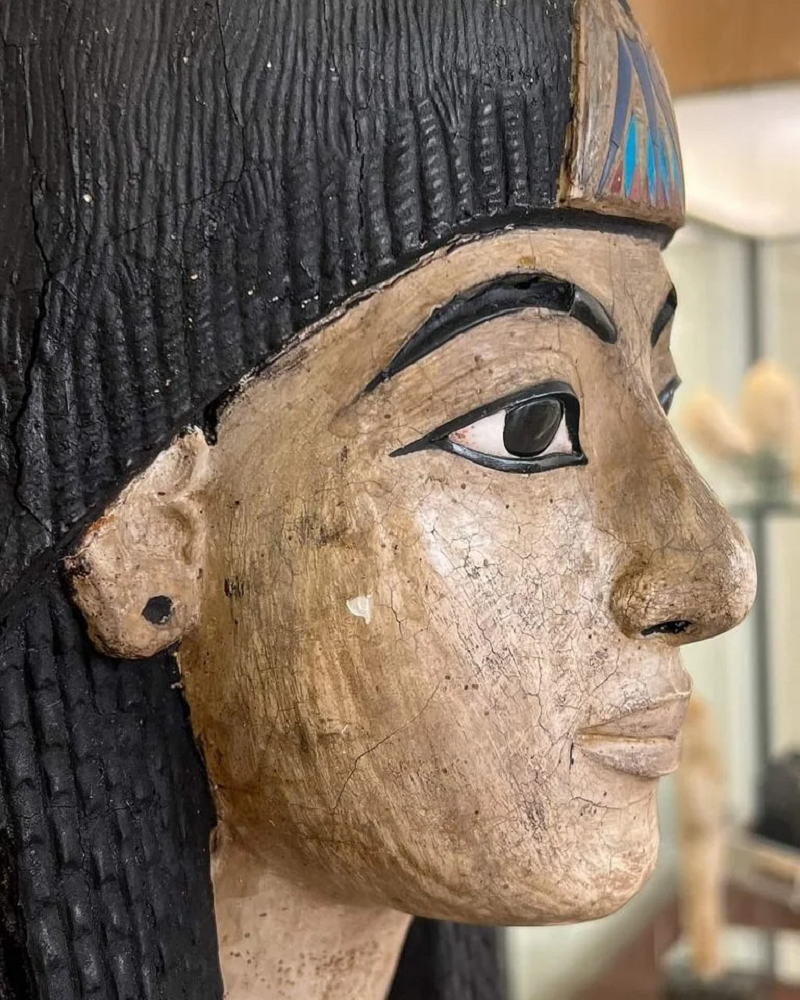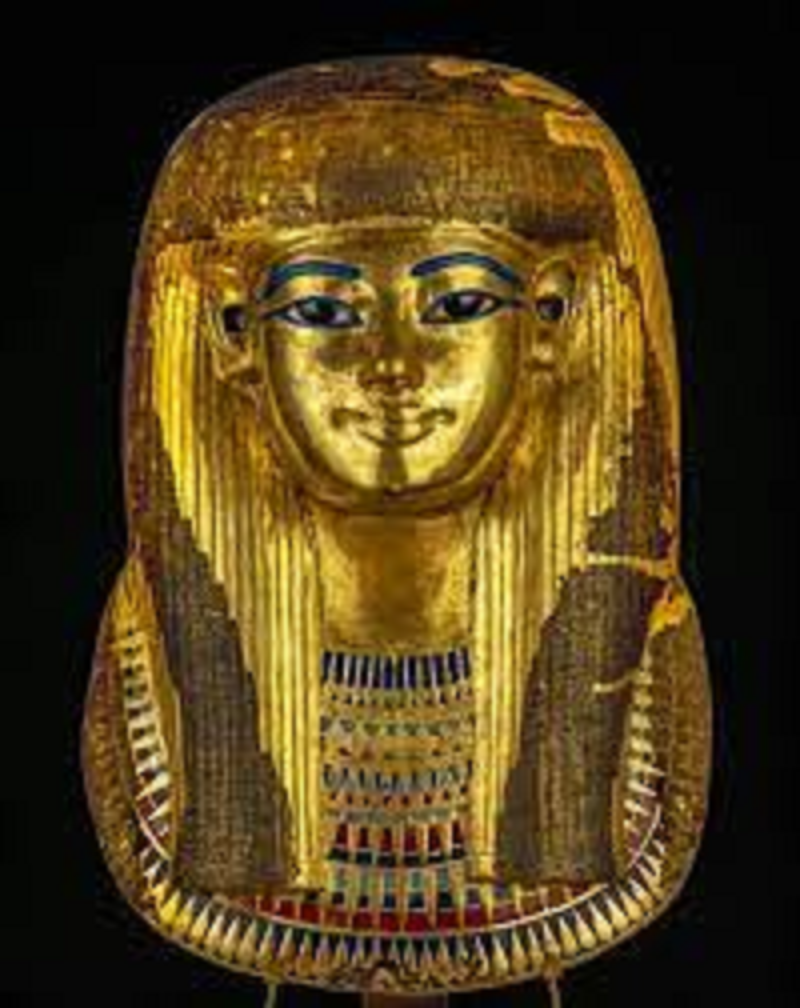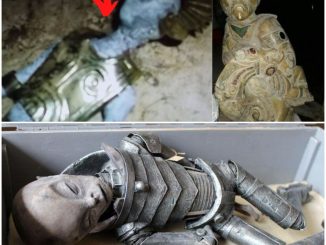In the quiet halls of the Art & History Museum in Brussels lies a relic of ancient majesty, a testament to the grandeur and power of Egypt’s New Kingdom. It’s not just any artifact; it’s the mummy of a high official, adorned with the prestigious “Gold of Honour.” This piece of history, dating back to the 18th Dynasty, offers a glimpse into the opulence and hierarchy of ancient Egyptian society. Join us as we delve into the significance of this remarkable find and unravel the mysteries it holds.

The mummy in question, residing under the inventory number E.6884, captivates the imagination from the moment one sets eyes upon it. At first glance, the serene visage of the mummy mask, crafted from stucco and fabric, draws the viewer in. Its glass eyes and brows, delicately inlaid, seem to gaze through the ages, inviting contemplation of the life once lived by the individual it once adorned.

Yet, what truly sets this mummy apart is the regal adornment it bears – the “Gold of Honour.” This prestigious decoration, a symbol of recognition and favor from the pharaoh himself, was not bestowed lightly. Only the most esteemed individuals, those who had earned the king’s trust and admiration, were granted such an honor.

The usekh collar, prominently displayed on the mummy, further underscores the wearer’s elevated status. With its double collars and intricate design, it signifies not only wealth but also authority and influence. It was a mark of distinction worn proudly by those who moved in the highest echelons of society.
The significance of the “Gold of Honour” cannot be overstated. It was more than just a piece of jewelry; it was a tangible manifestation of the king’s favor and recognition. To receive such an accolade was to be elevated to a position of unparalleled prestige within the royal court.

Historical records tell us that ceremonies surrounding the bestowal of the “Gold of Honour” were grand affairs, often depicted in the tombs of recipients such as Ay and Horemheb, who would later ascend to the throne themselves. These ceremonies served not only to honor the recipients but also to reaffirm the power and authority of the pharaoh.
As we gaze upon the mummy of this high official, we are transported back in time to an era of splendor and magnificence. We can imagine the grandeur of the court, the whispers of intrigue, and the awe-inspiring presence of the pharaoh himself. And in the midst of it all stands the recipient of the “Gold of Honour,” a testament to his exceptional merit and service to the crown.

Conclusion
The mummy of the high official wearing the “Gold of Honour” serves as a poignant reminder of the rich tapestry of history that lies waiting to be unraveled within the dusty tombs of Egypt. It speaks to us of a time when power and prestige were tangible commodities, bestowed by the divine authority of the pharaoh.
As we marvel at this ancient artifact, we are reminded of the enduring allure of Egypt’s past and the profound impact it continues to have on our understanding of human civilization. The mummy of the high official may have lain undisturbed for millennia, but its story continues to resonate with us today, offering a glimpse into the lives of those who once walked the halls of power in ancient Egypt.


